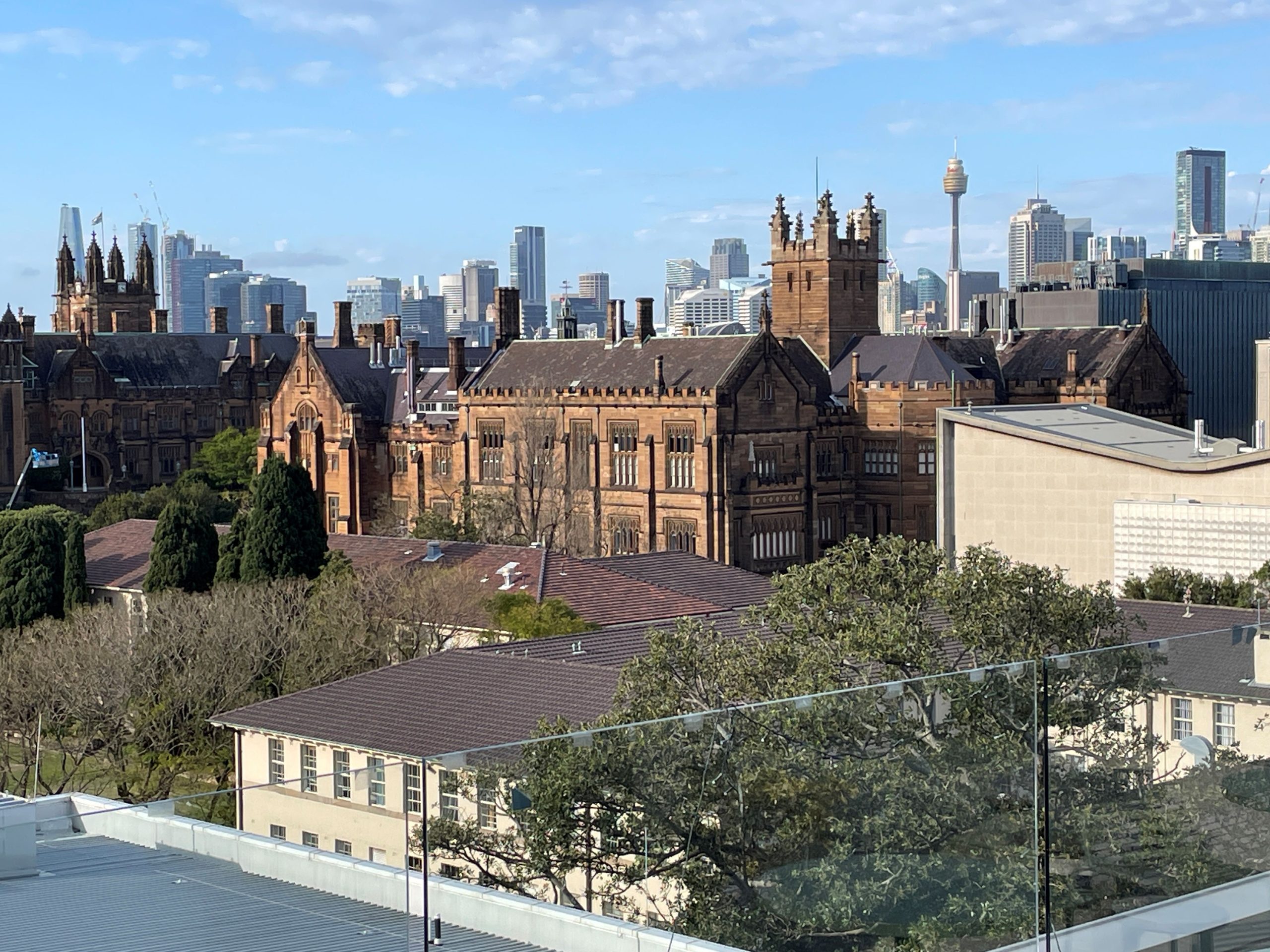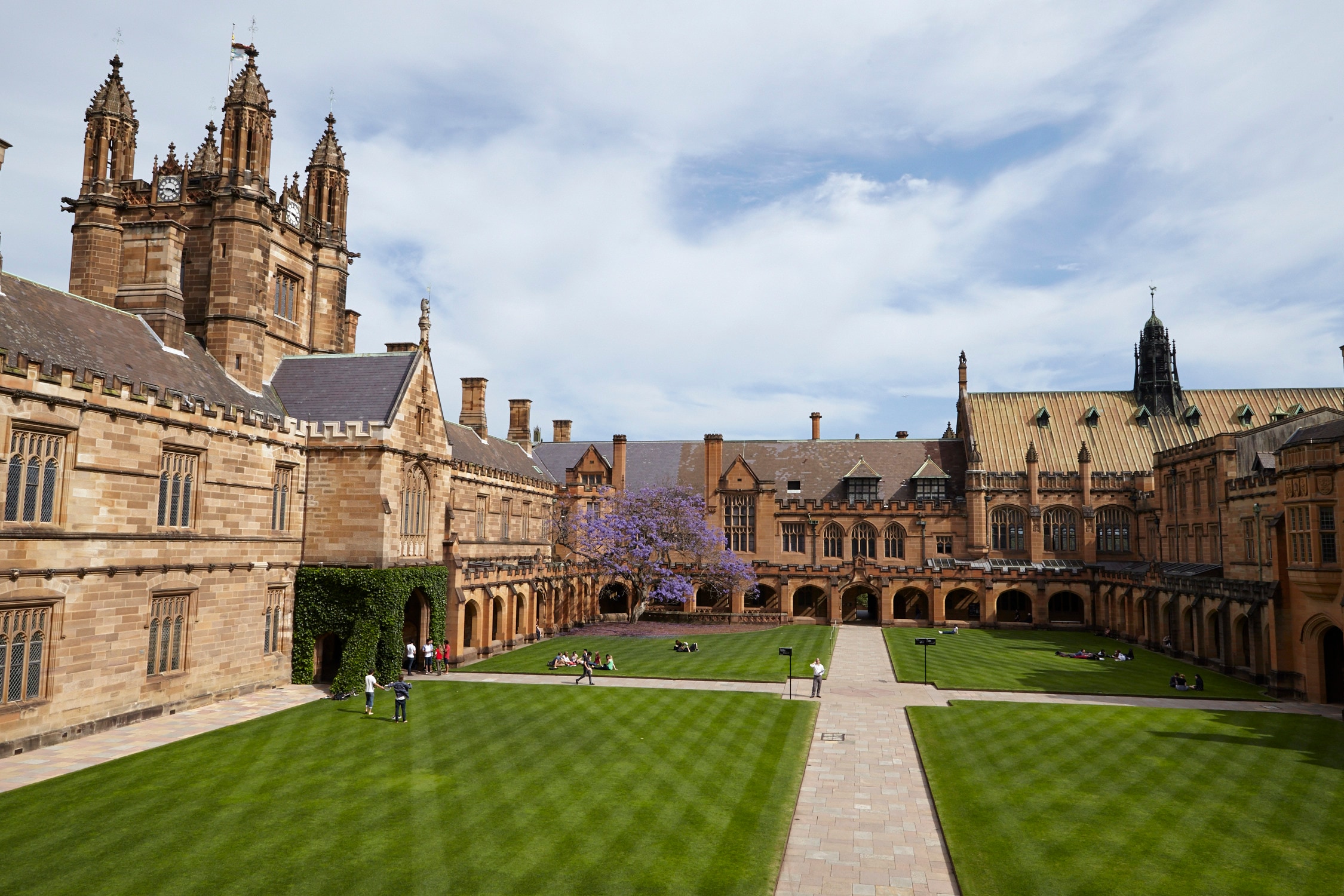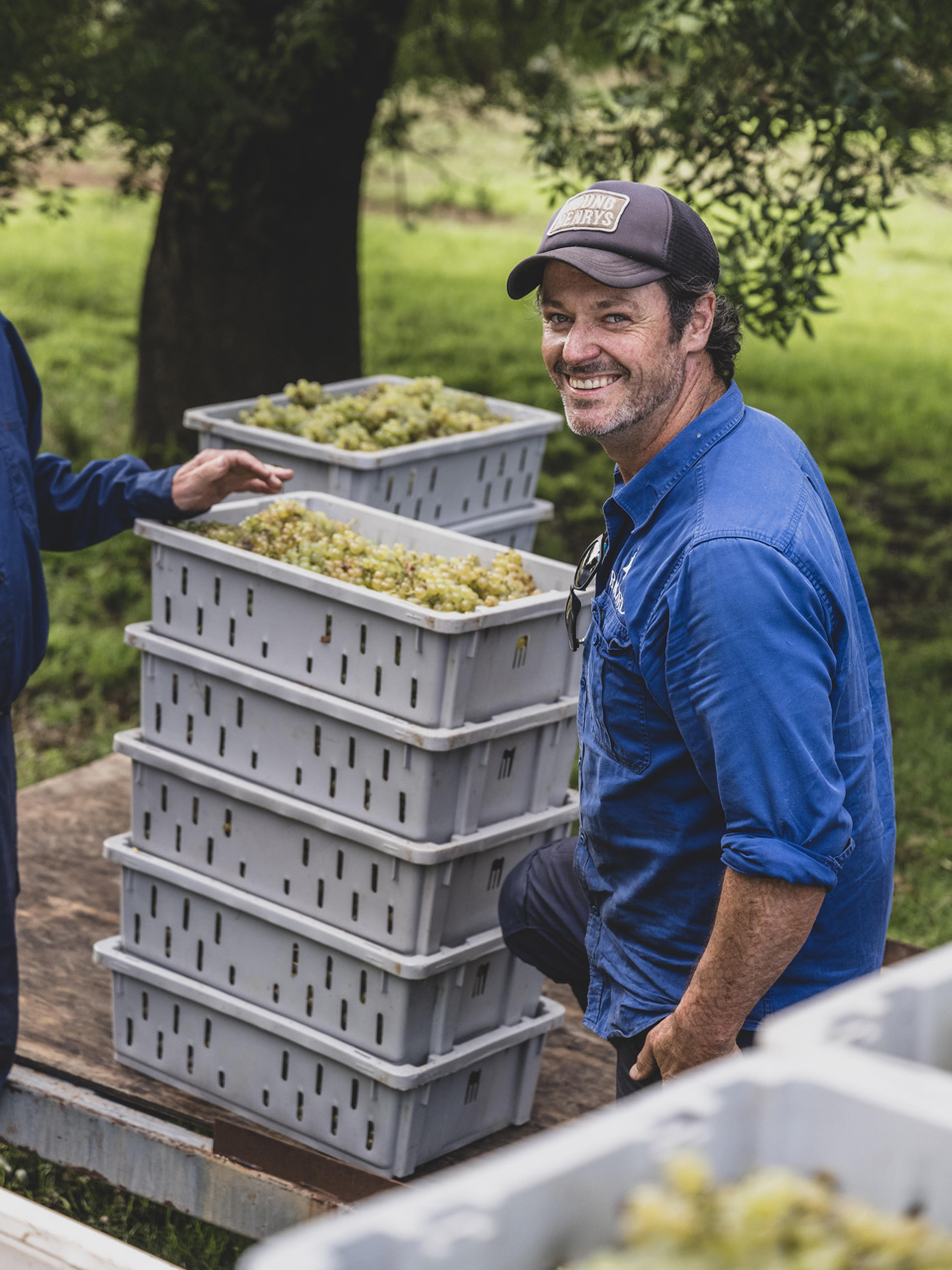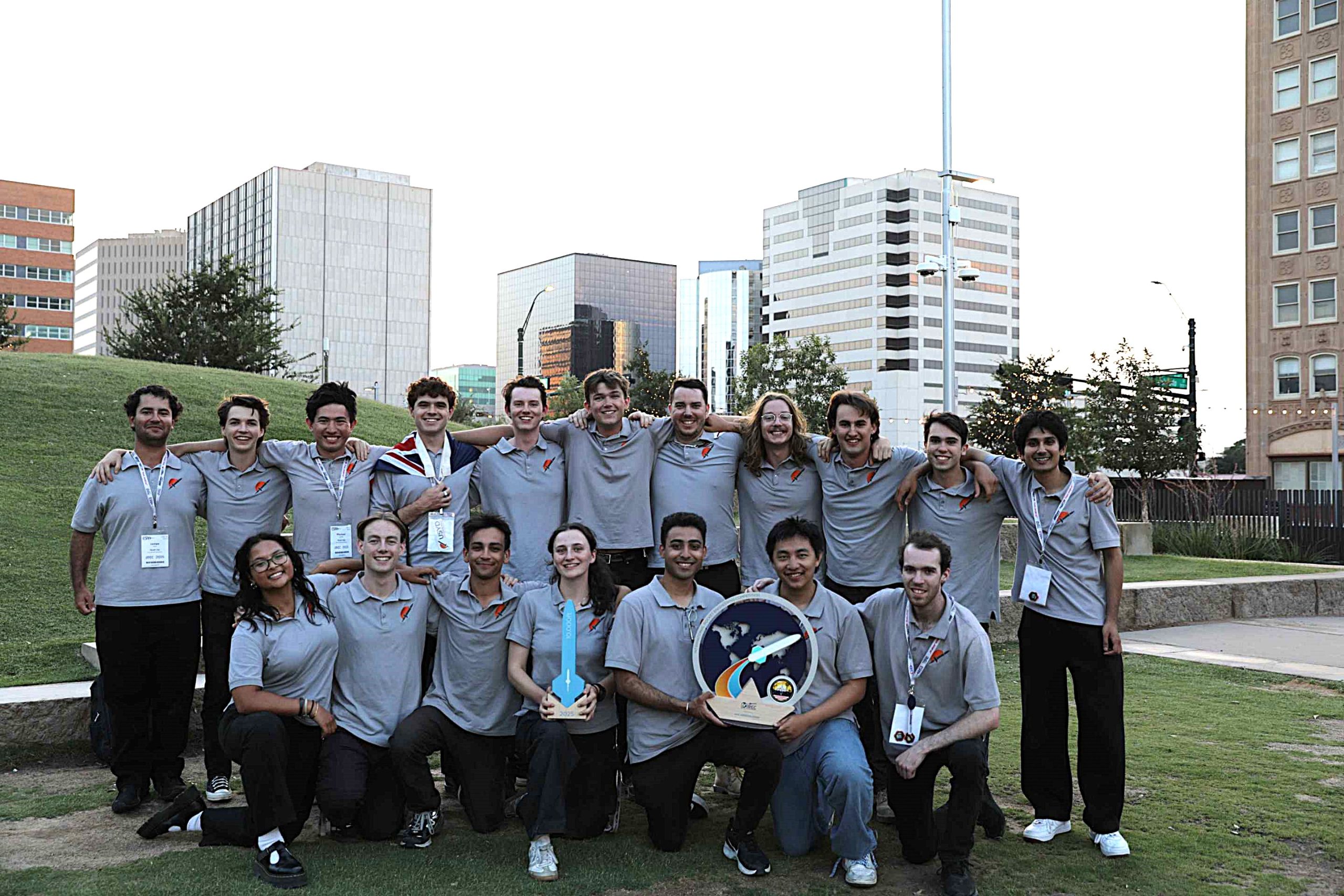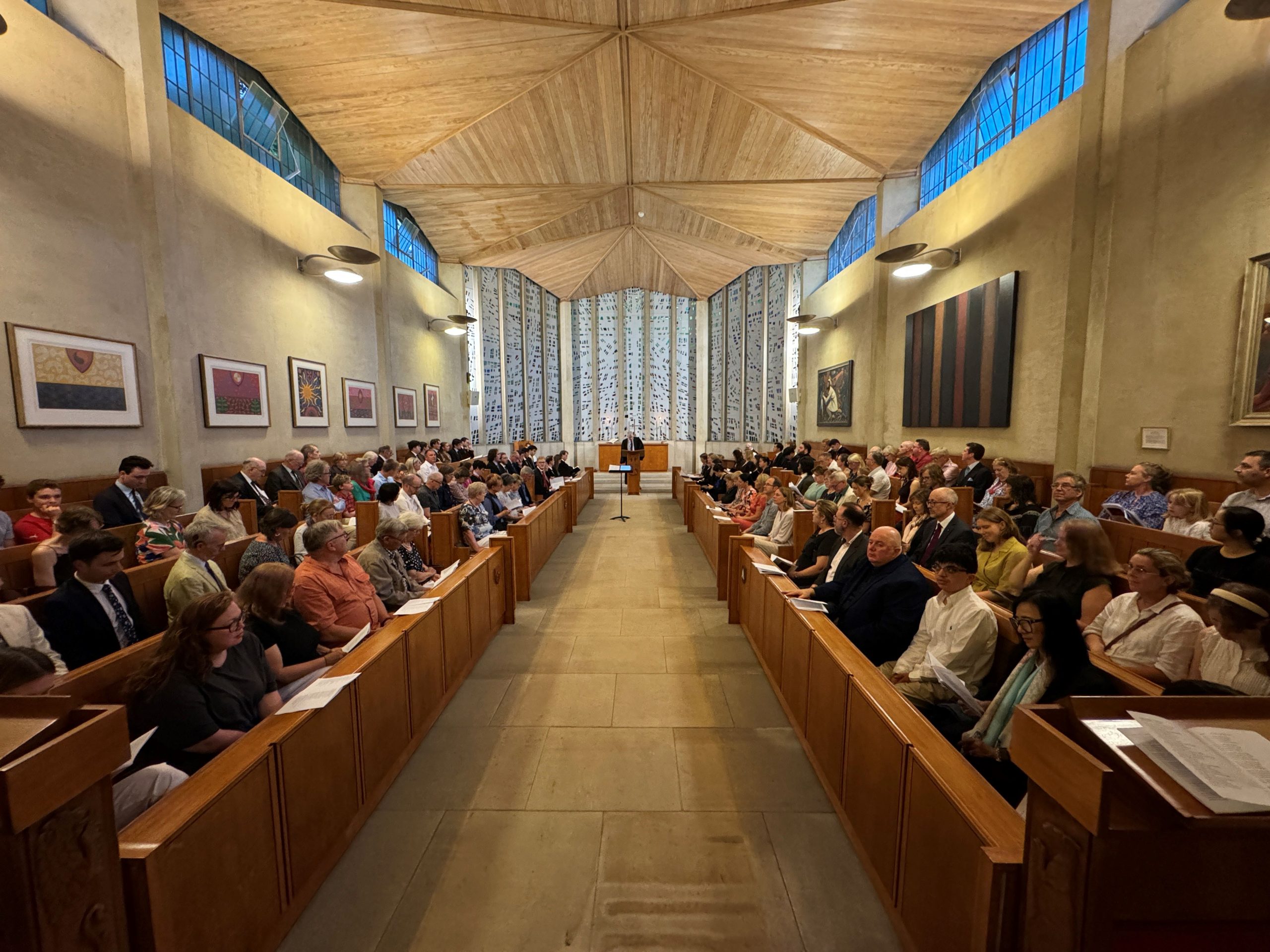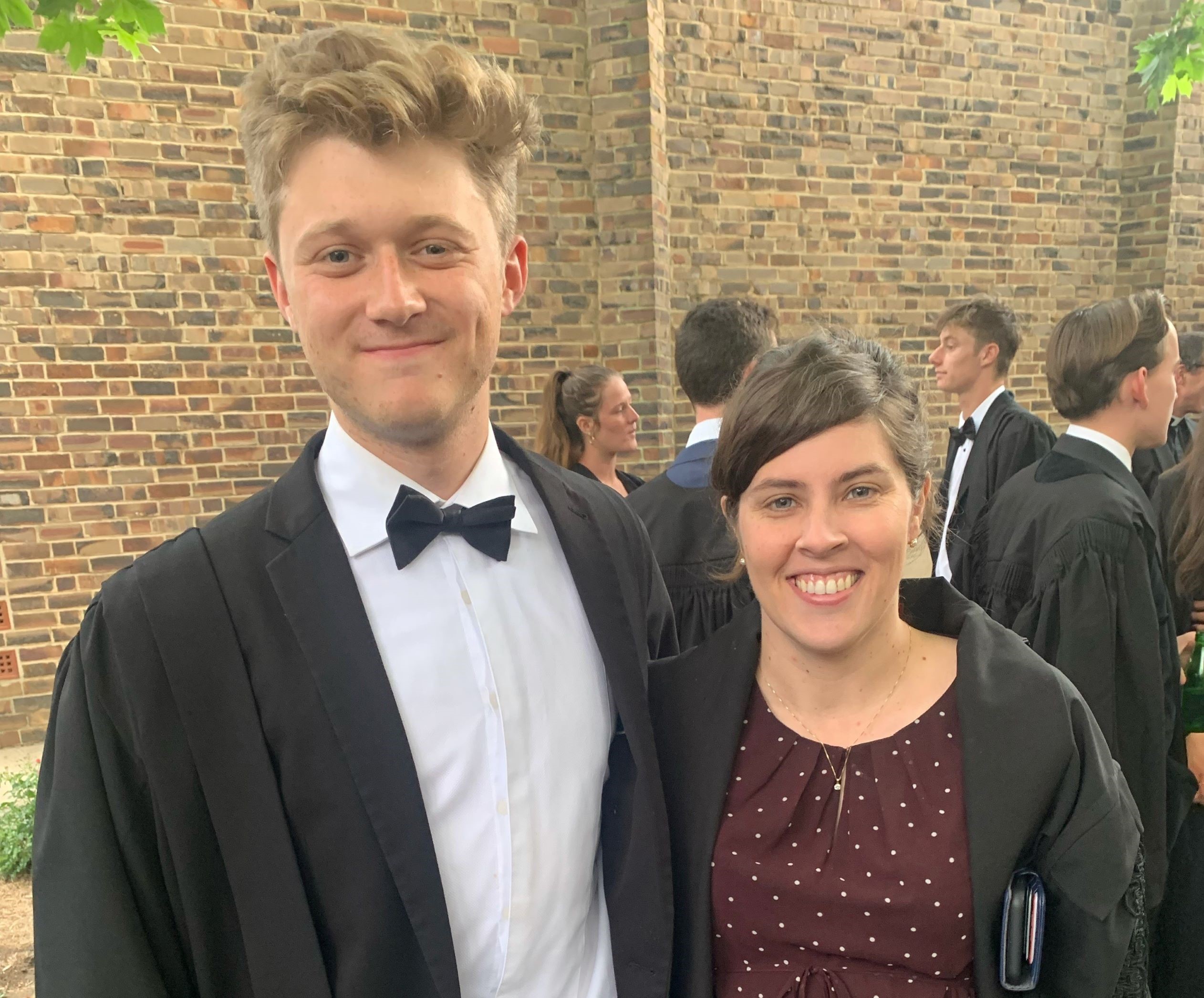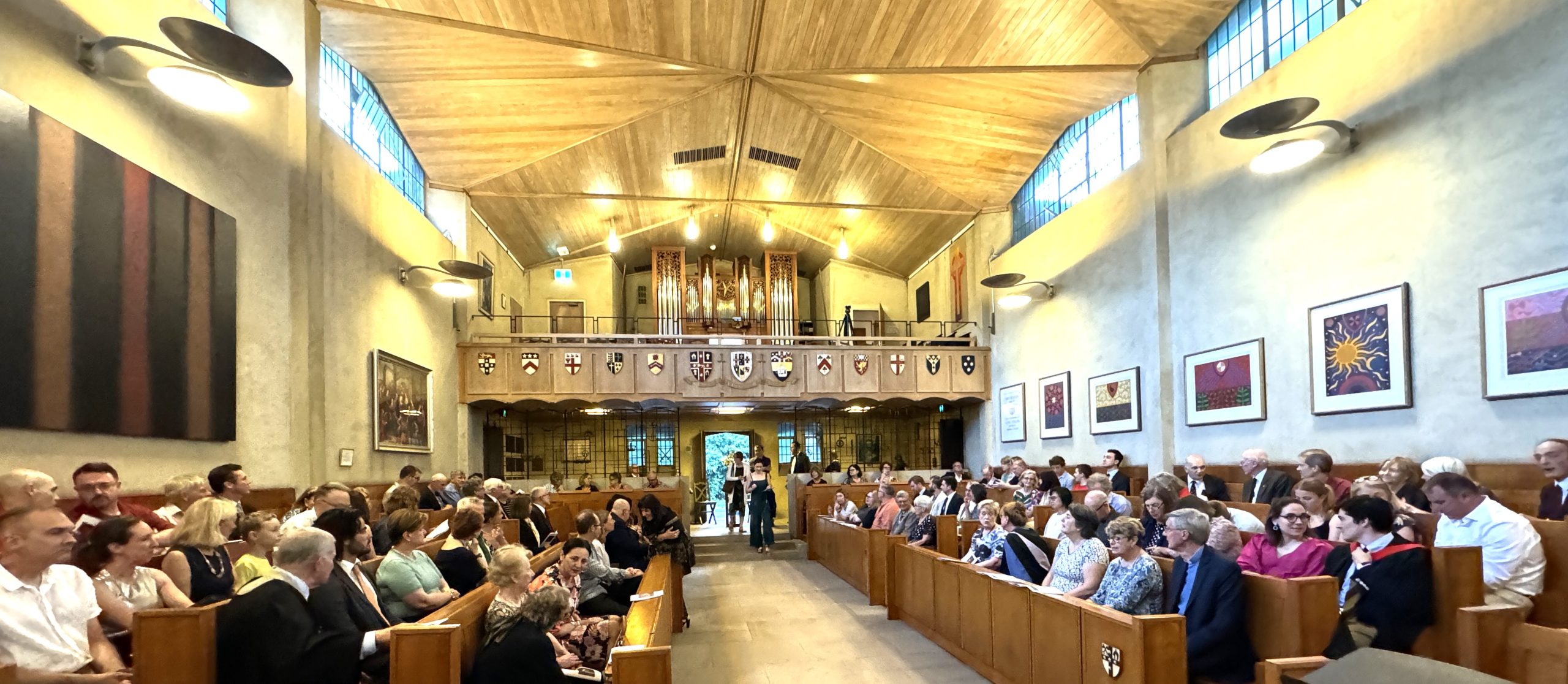Answer: they are each the subject matter of MD projects which were presented in a Monday Dinner Seminar on 18 September. Three 3rd year MD student members of Graduate House presented their mid-year project work to an enthralled audience including their MD colleagues and plenty of others doing non-medial courses.
The MD project is a 14-week research block undertaken by the University of Sydney medical students in the middle of their third academic year. After submitting preferences for pre-approved projects or organising their own the year prior, they are matched with a supervisor and provided with a research topic. The projects vary from literature reviews and product development to original laboratory-based research, culminating in an oral presentation and final report for review and marking.
Picture above: the Anderson Stuart Building, completed in 1892 from the McMillan Building Rooftop Terrace. Sydney Medical School is the graduate medical school of the University of Sydney. Established in 1856, it is the first medical school in Australia.
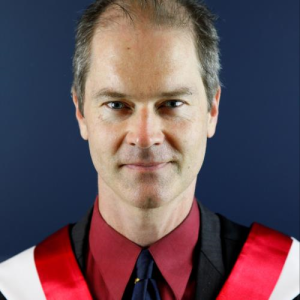
Richard Henchman: Development of a Lab Protocol to Analyse Blood Metabolites for the PROFASTA Clinical Trial on Fasting and Exercise. Richard reports:
The PROFASTA Clinical Trial will examine the effect of fasting and exercise on a wide range of health parameters in humans. Blood tests are a valuable way to assess health. The aim of this project was to develop a method to separate blood into red cells, white cells and plasma and analyse their metabolites that was suitable for PROFASTA. In brief, blood components were separated by centrifugation and the metabolites in each component were isolated using extraction media and measured using liquid chromatography mass spectrometry. Aspects of the method examined were tubes for blood samples, extraction media types and volumes, solution for washing, numbers of cells required, centrifuge speeds, whether to dry metabolites, and whether to freeze and thaw prior to metabolite extraction. Improvements were made in an iterative manner until a suitable protocol was found. The protocol was written up in a standard operating procedure ready for implementation in PROFASTA.
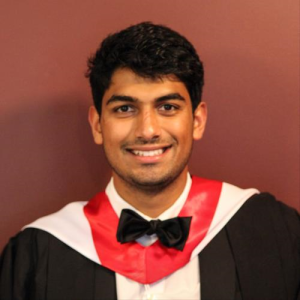
Arnav Shetty: Novel Therapeutic Antibodies in Chronic Kidney Disease: Current Concepts and Future Directions. Arnav reports:
Novel antibody-based therapeutics have revolutionised outcomes in many fields of clinical medicine such as cancer therapy by outcompeting their small-molecule counterparts in specificity and effector function. Chronic kidney disease (CKD) poses a growing burden on global morbidity and mortality and is characterised by irreversible and progressive loss of kidney function. Current therapeutics can only slow this progression, so new therapeutic modalities such as antibody technology are sorely needed to target specific molecular processes and improve patient outcomes. Looking particularly at preclinical studies published in the last five years and clinical trials, this study aims to explore, describe, and discuss novel strategies utilising antibody technology in order to treat diabetic kidney disease (DKD) – the chief cause of CKD – and renal fibrosis. Despite the limitations in developing antibody-based therapeutics, the modality hold promise for the future therapy of DKD and renal fibrosis due to their potential to reverse fibrotic pathogenesis rather than just delaying it, as is the effect of current therapy. Antibody technology also has a diverse potential outside of the scope of this study, such as identifying novel targets for future drug design, diagnostics and disease monitoring, and enhancing other novel therapeutic modalities.
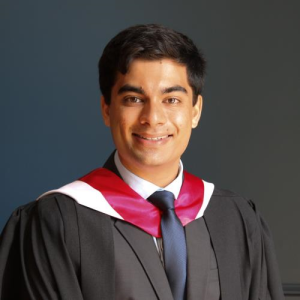
Meheer Zaveri: The grim reaper hates this one new trick that can bring back the dead! A look at the use of ECMO in out-of-hospital cardiac arrest. Meheer reports:
We’ve all seen the pen tracheotomies, emergency needle decompressions, precordial thumps, and other wondrous, wild, and whacky techniques used to bring ‘dead’ patients back to life on television with astounding success. Unfortunately, what Meredith Grey didn’t tell you is that out of hospital cardiac arrest has a success rate of barely 5% in optimal conditions. Further, once you get return of spontaneous circulation (ROSC), the chances of the patient re-arresting are high. eCPR is a technique which uses ECMO (heart and lung bypass) to keep out of hospital cardiac arrest patients alive while their underlying pathology is treated. I did a retrospective cohort study looking back at how this has gone so far at Westmead Hospital Emergency and Intensive Care. I will also be discussing how it has been going around the world, and where the future lies. If time permits, I will briefly touch on an ethical dilemma in resuscitative medicine for you all to ponder over a glass of madeira.

